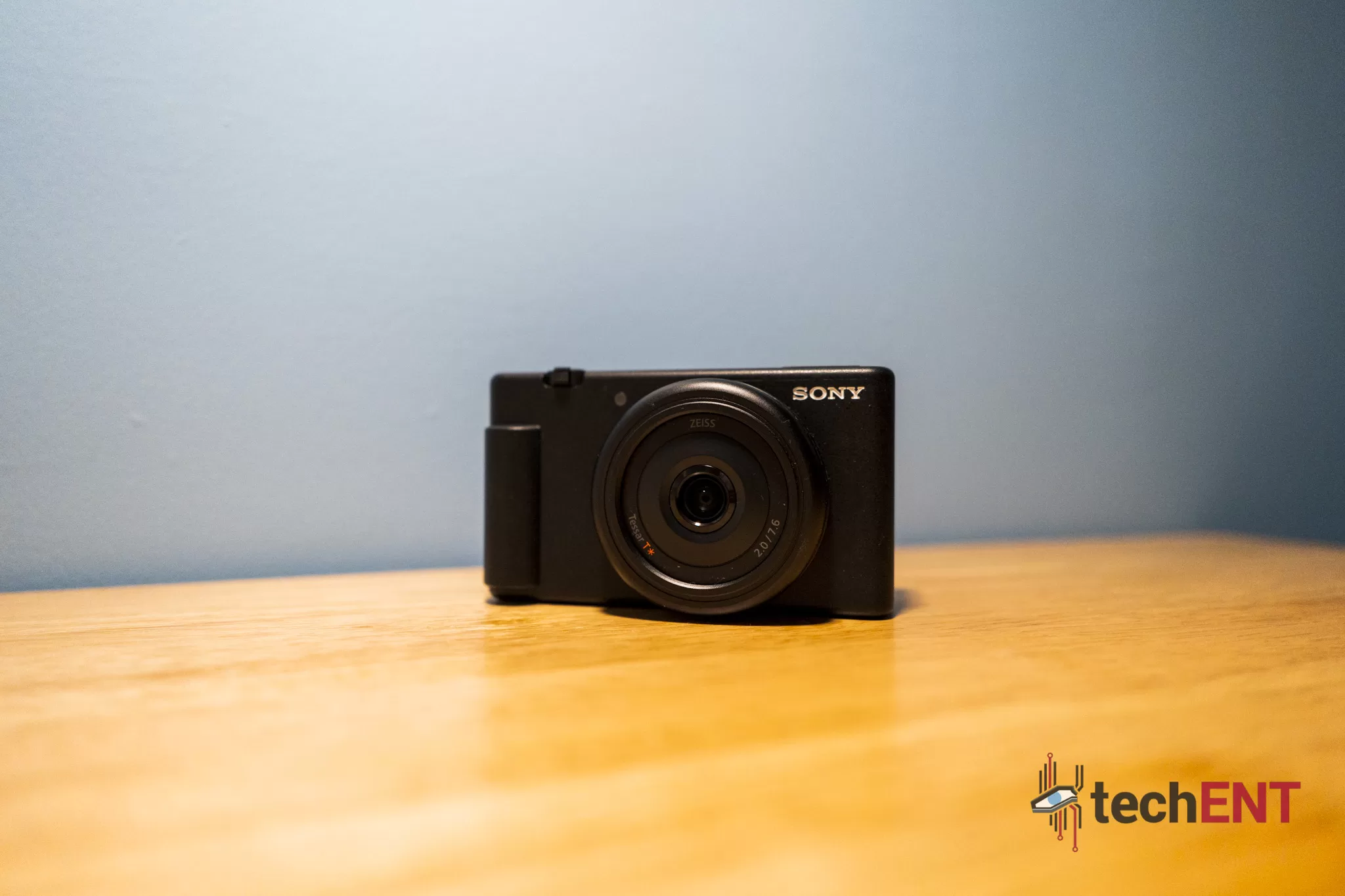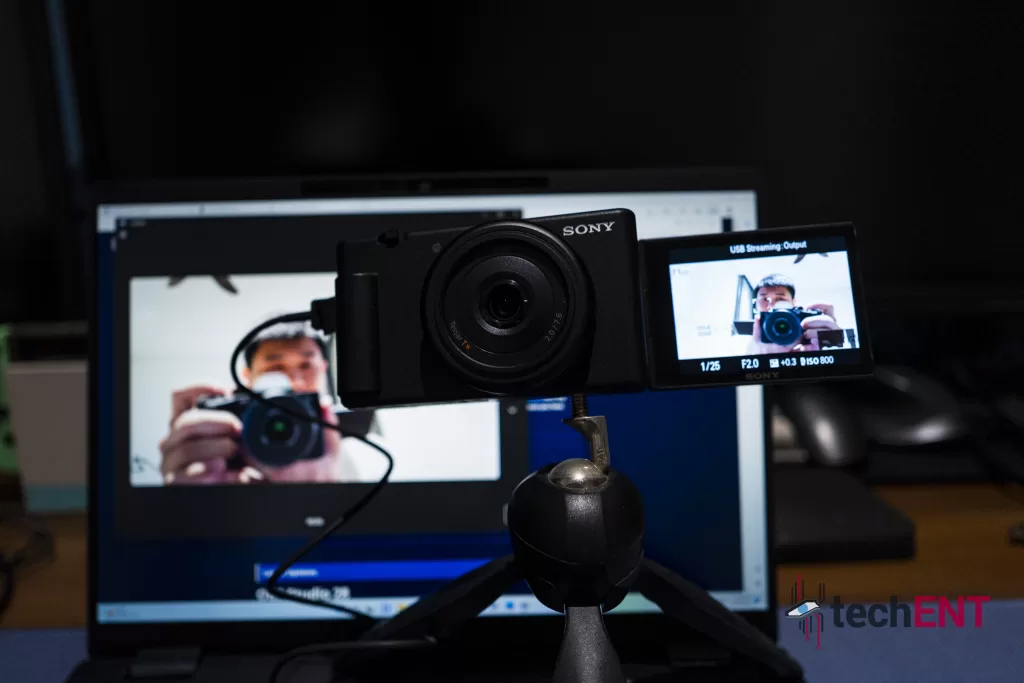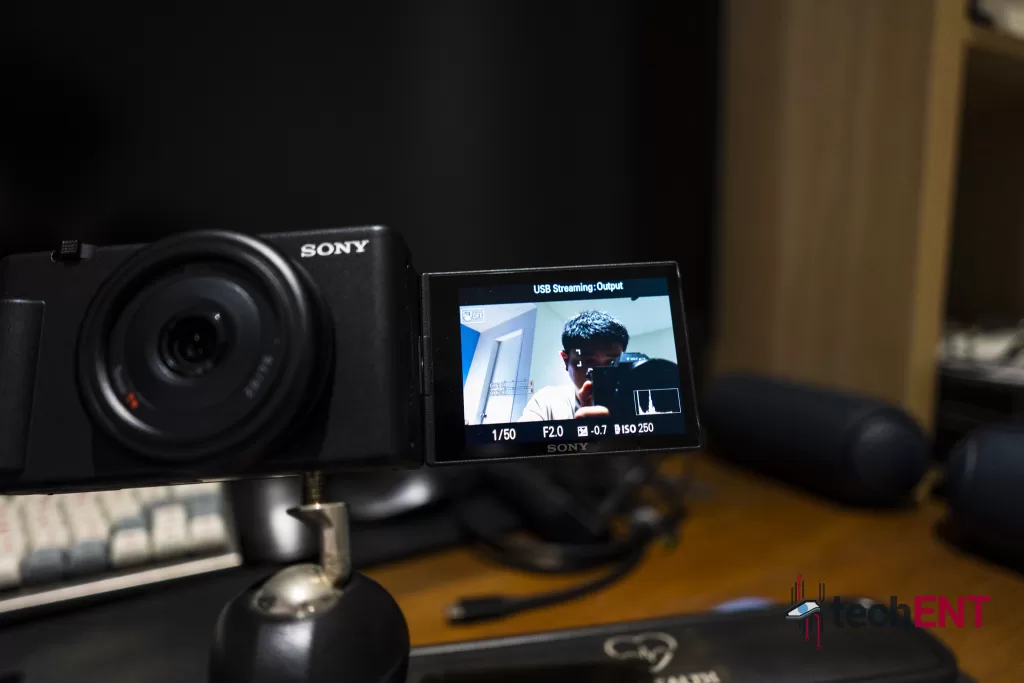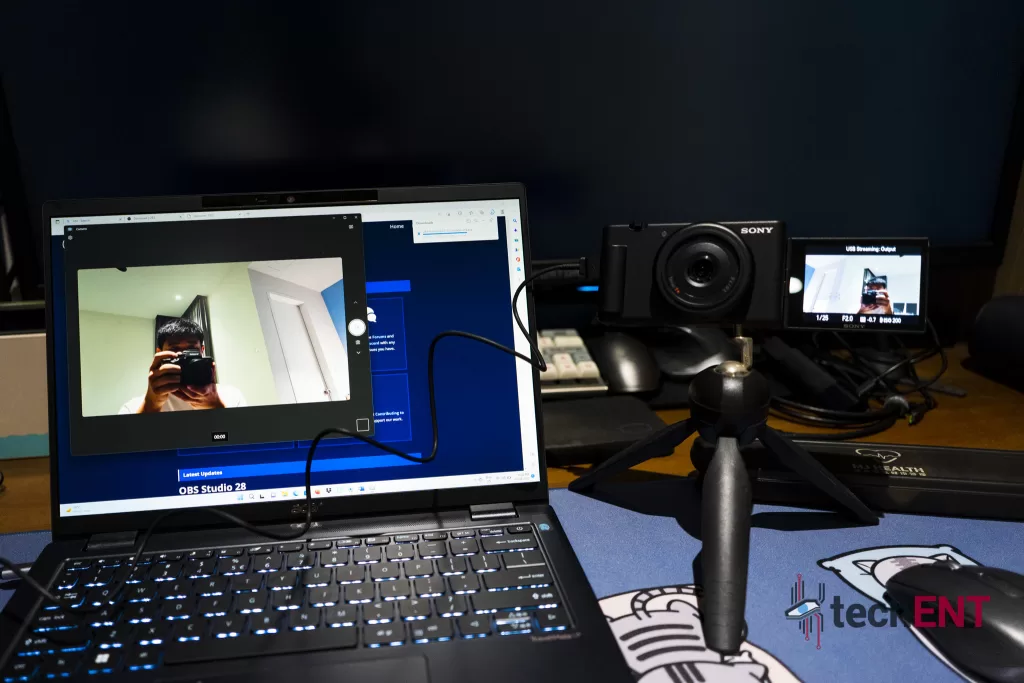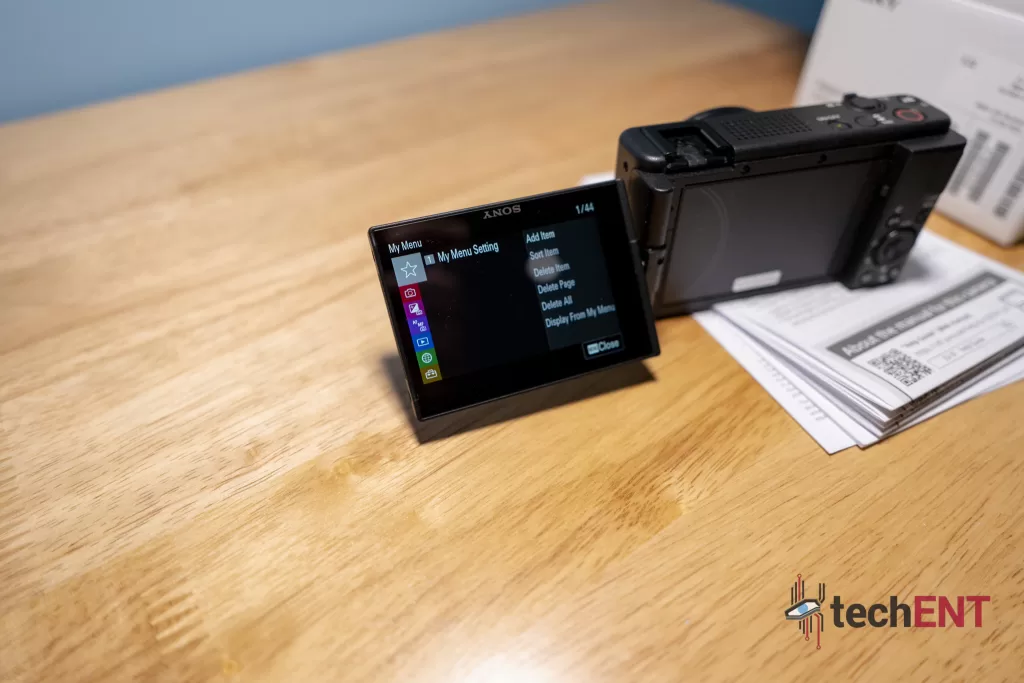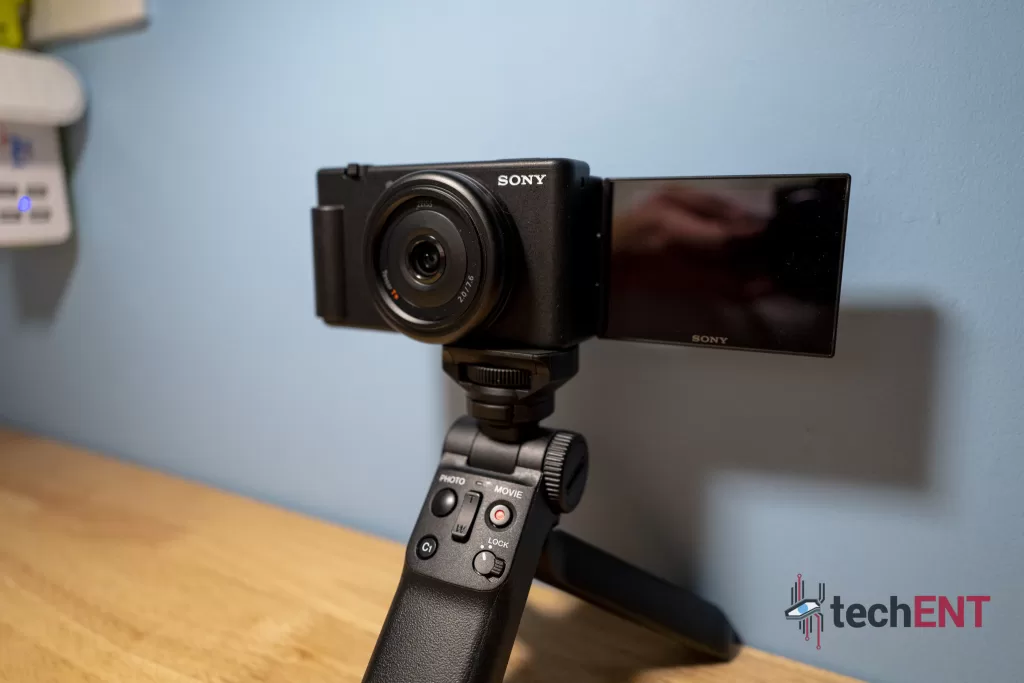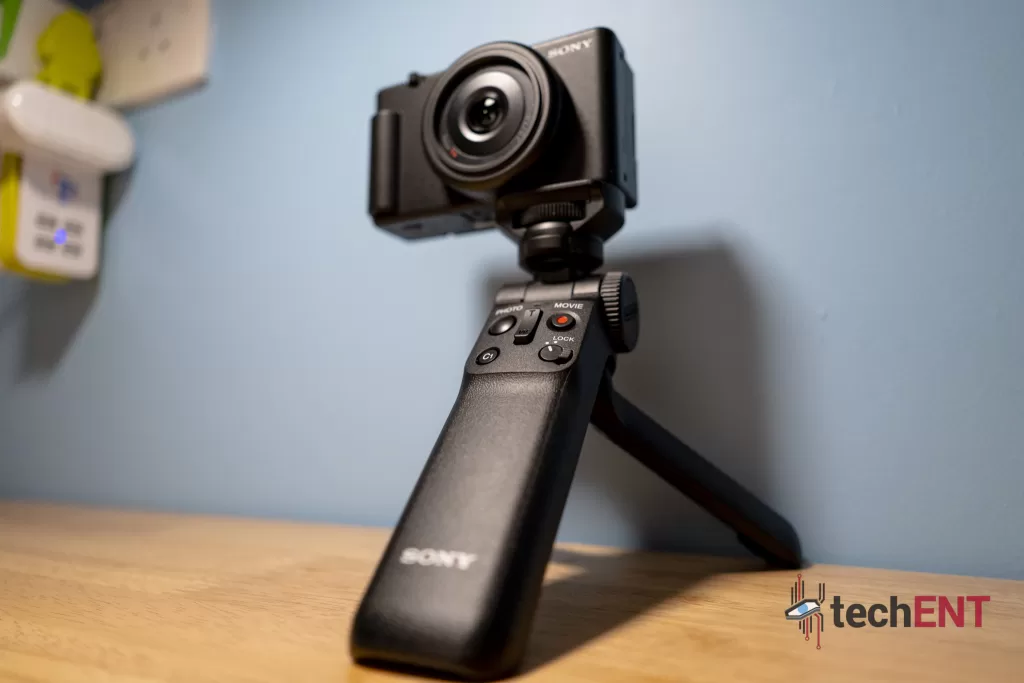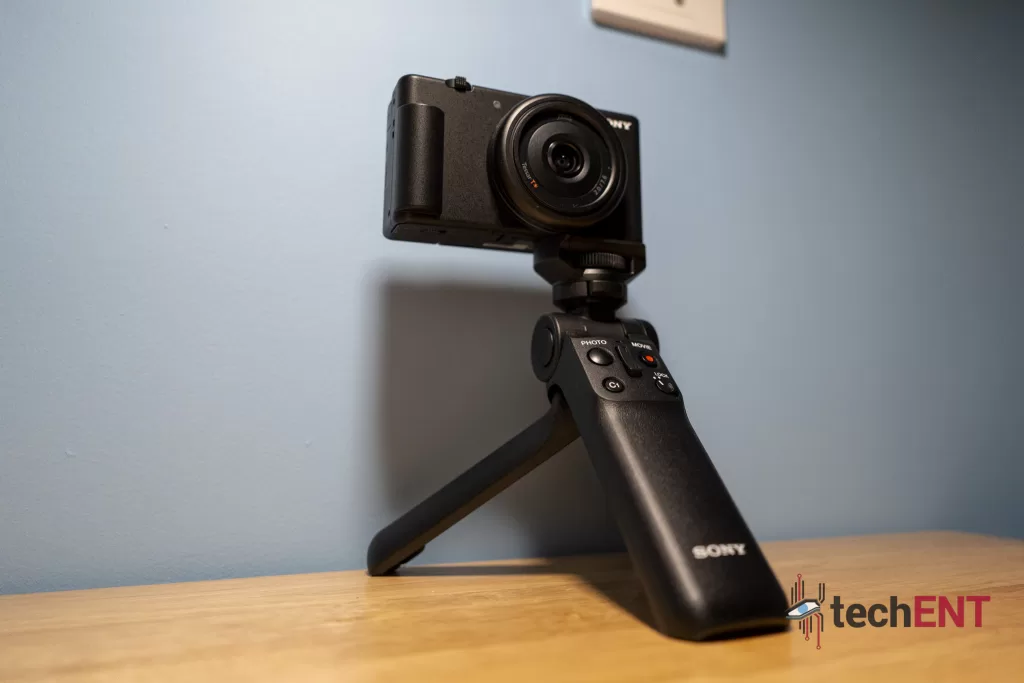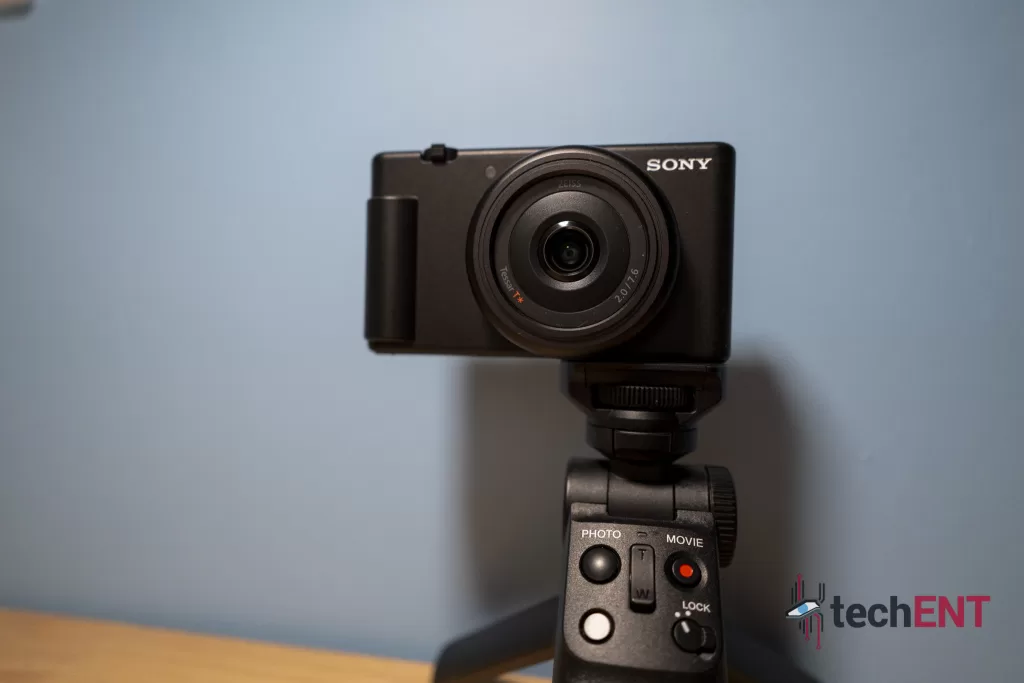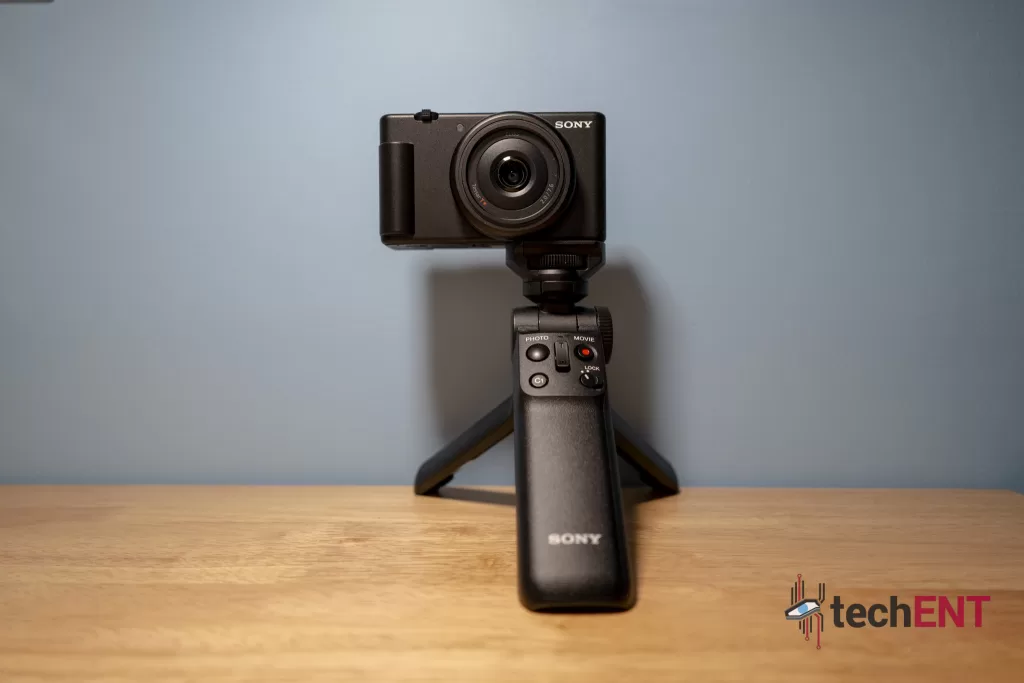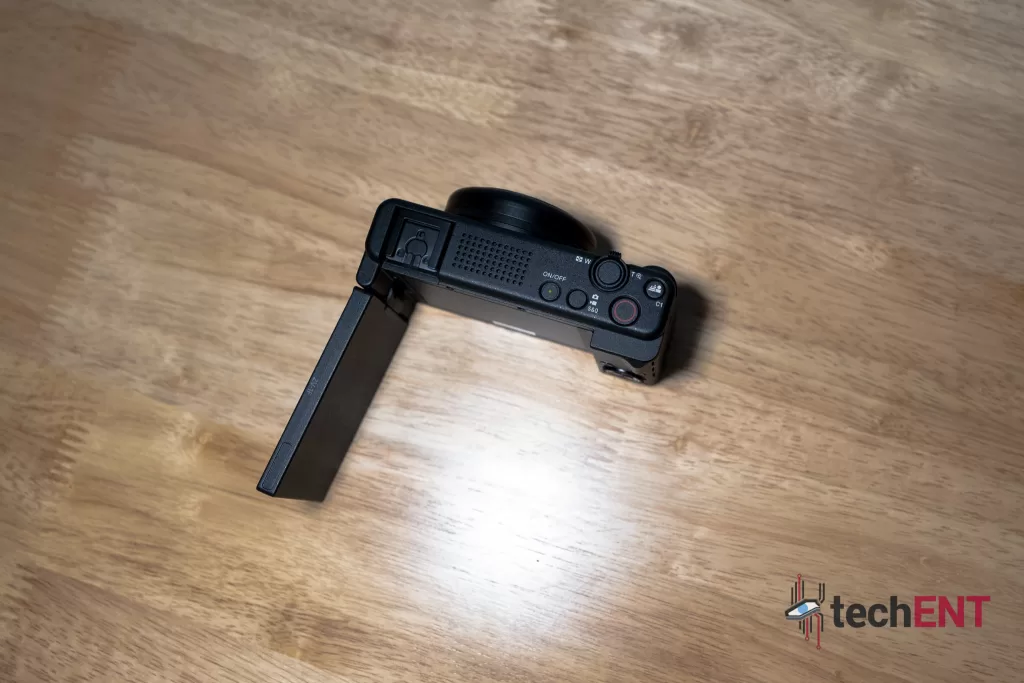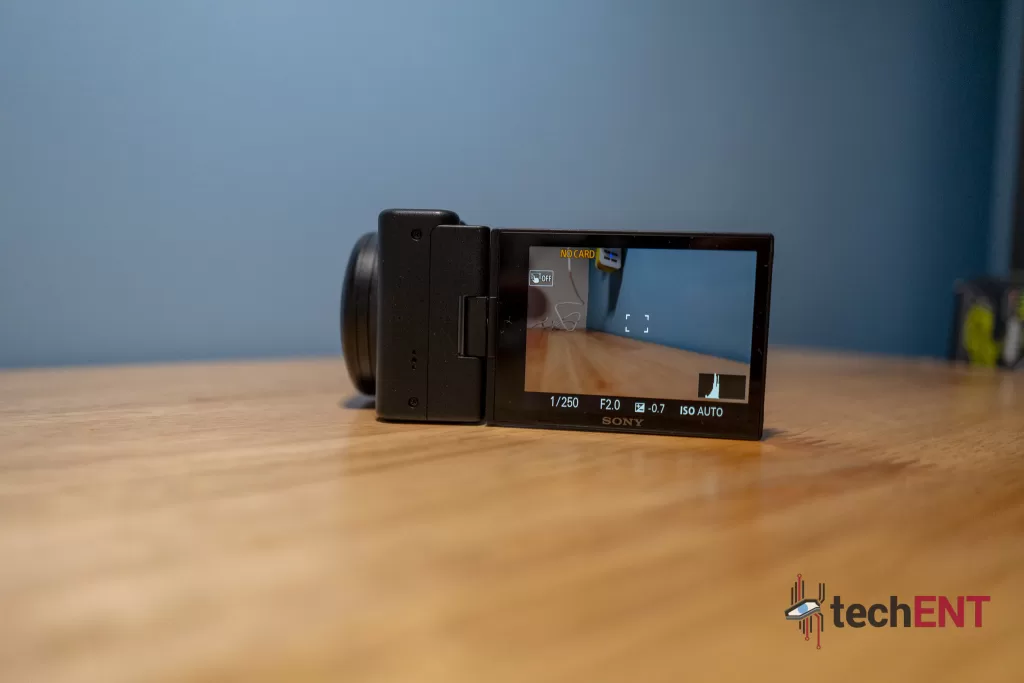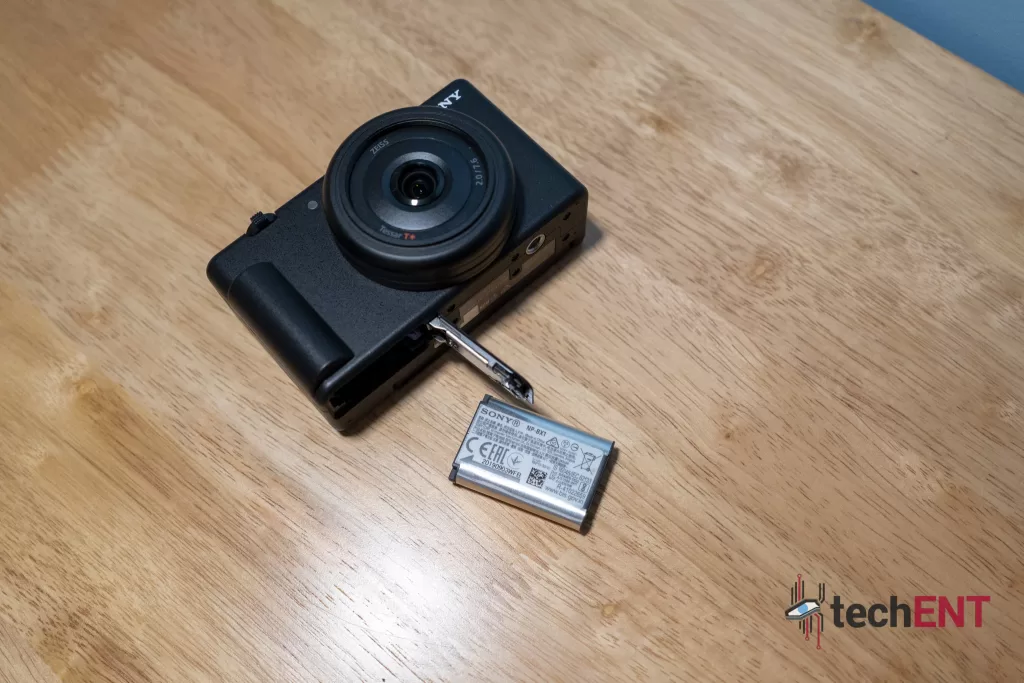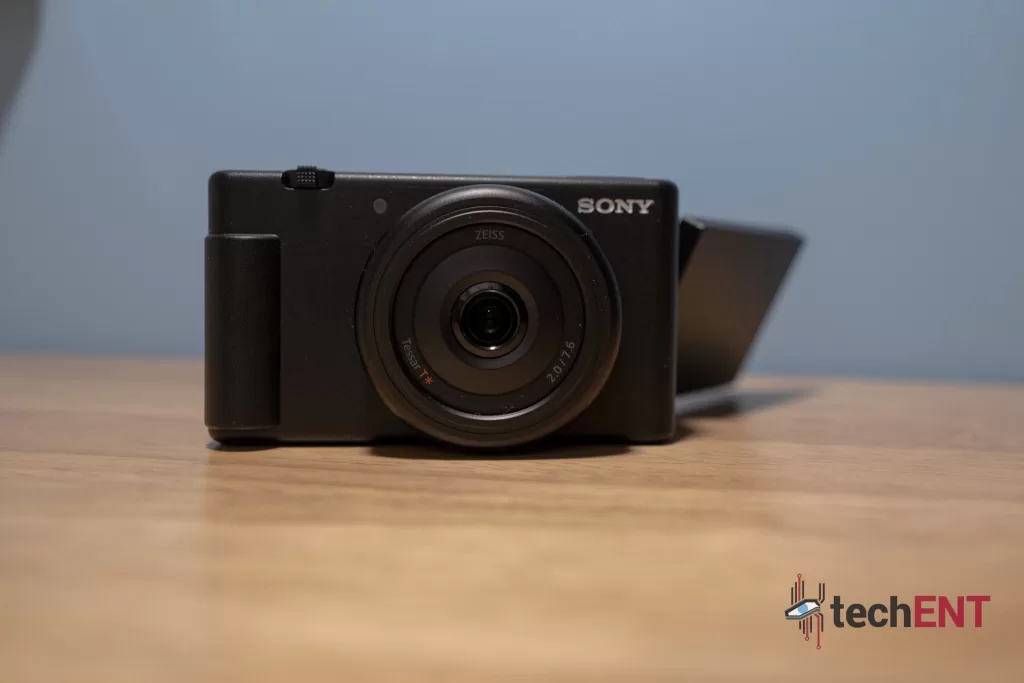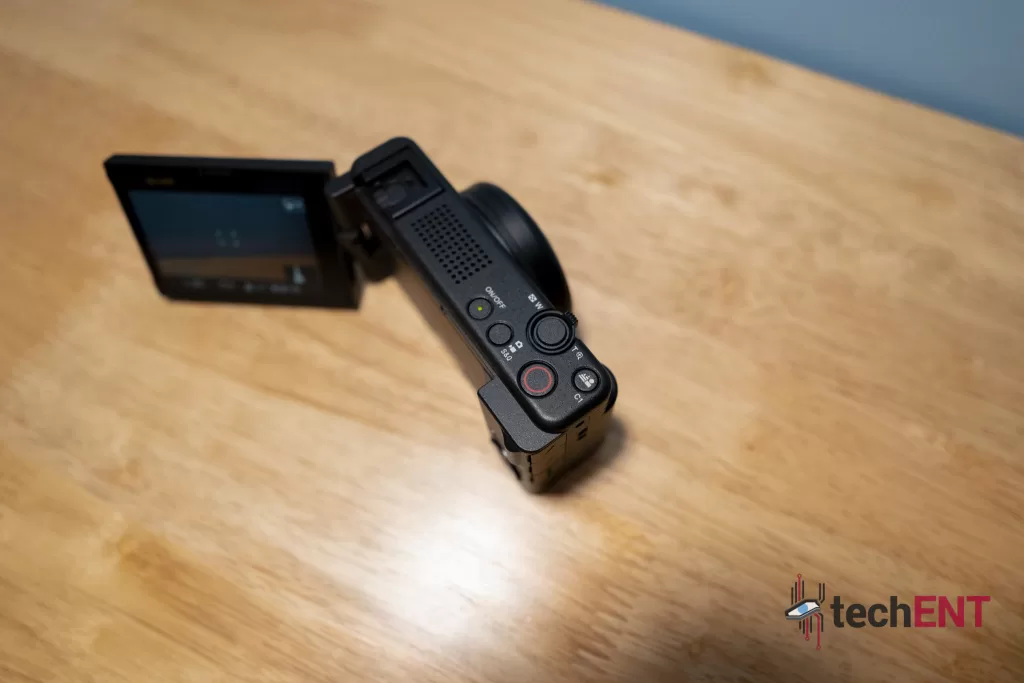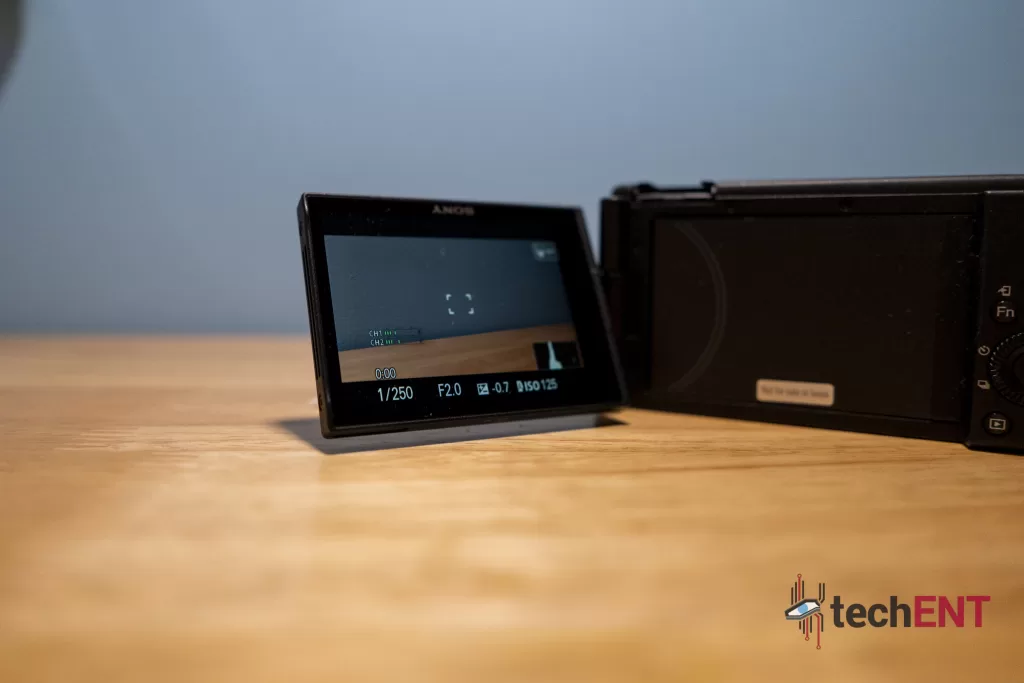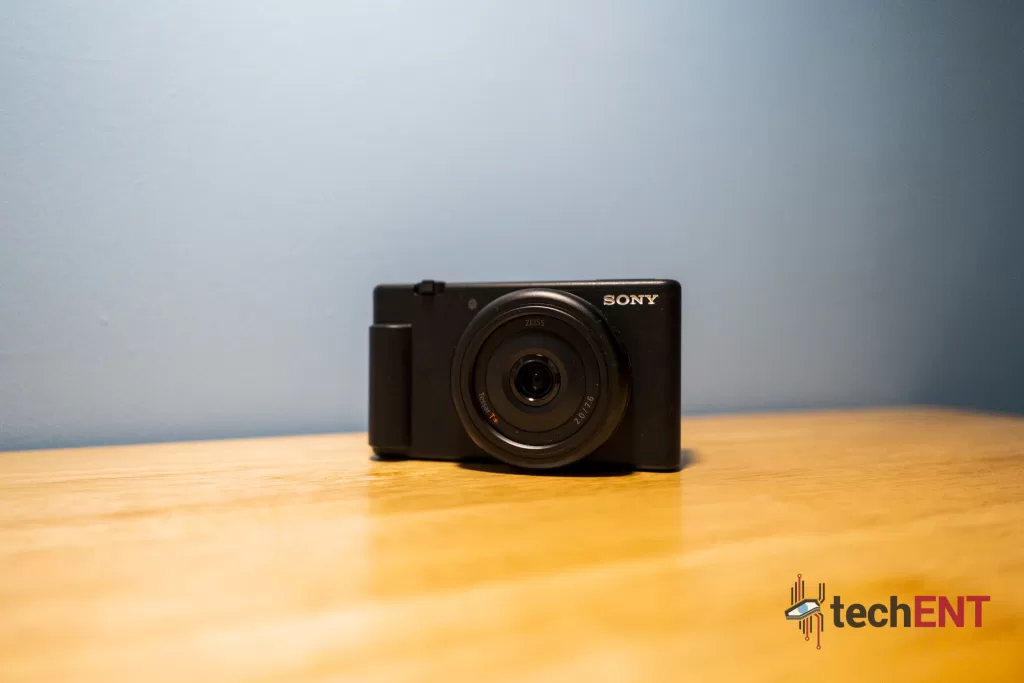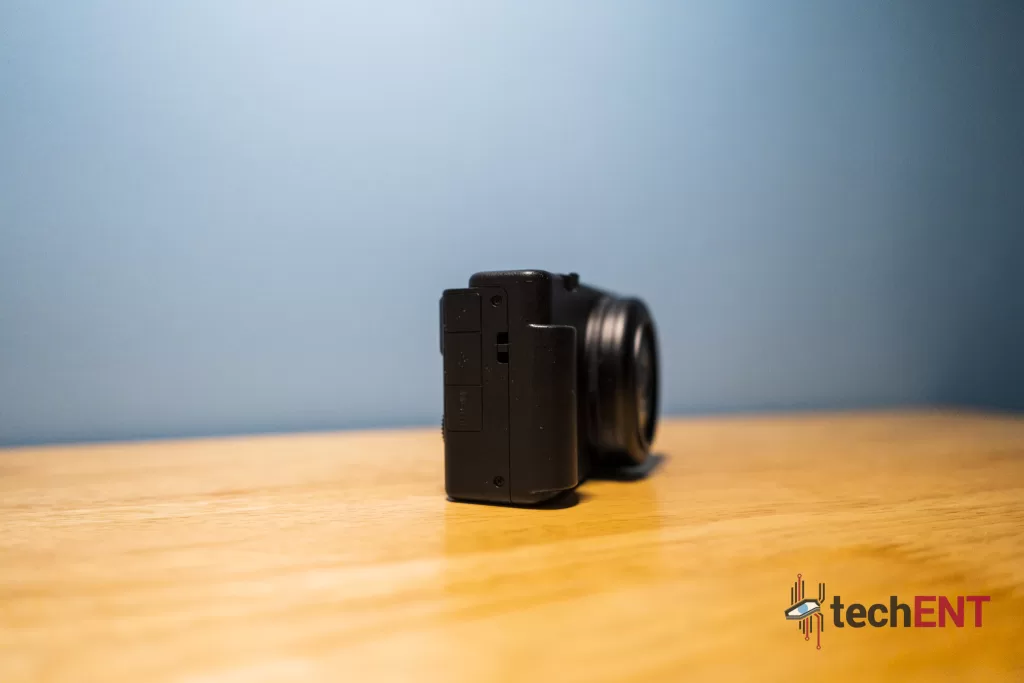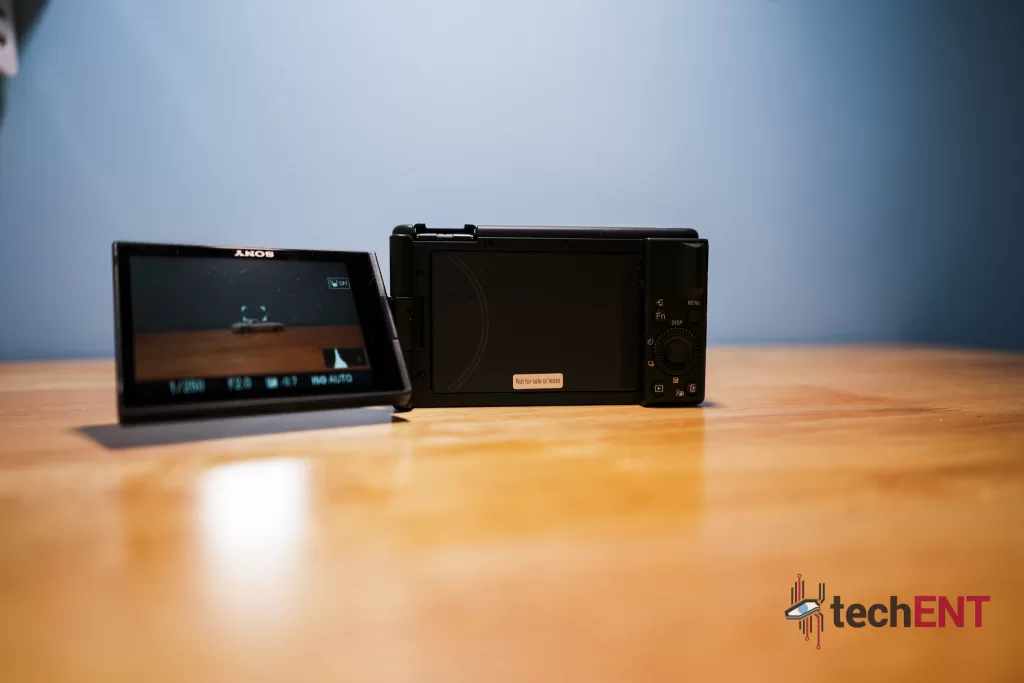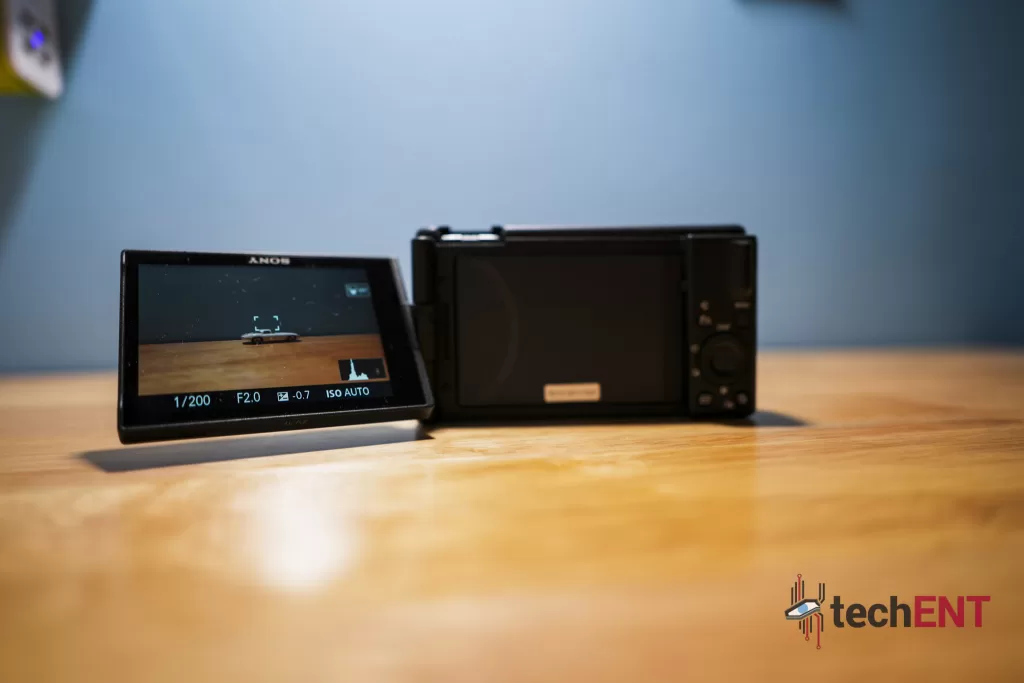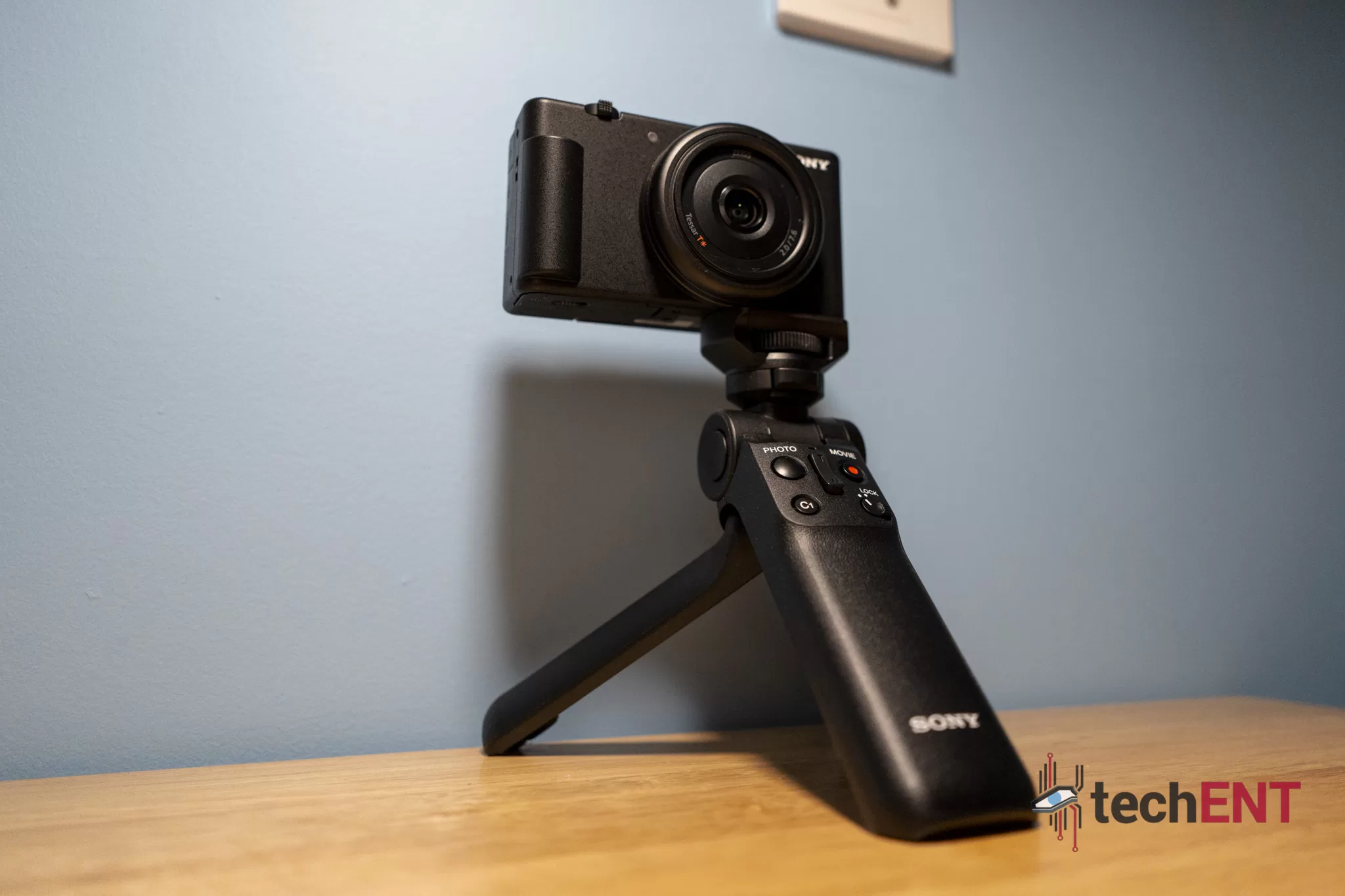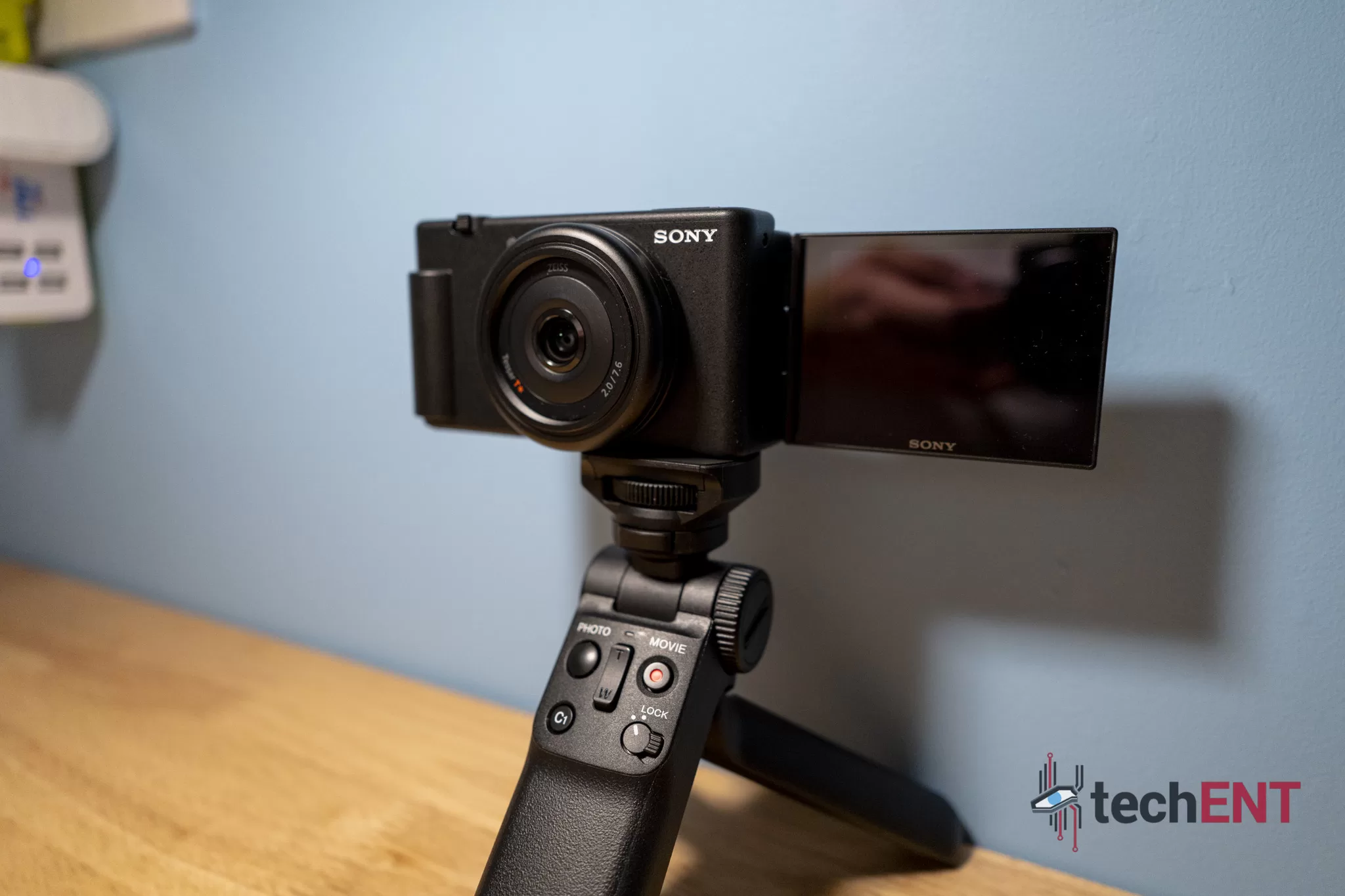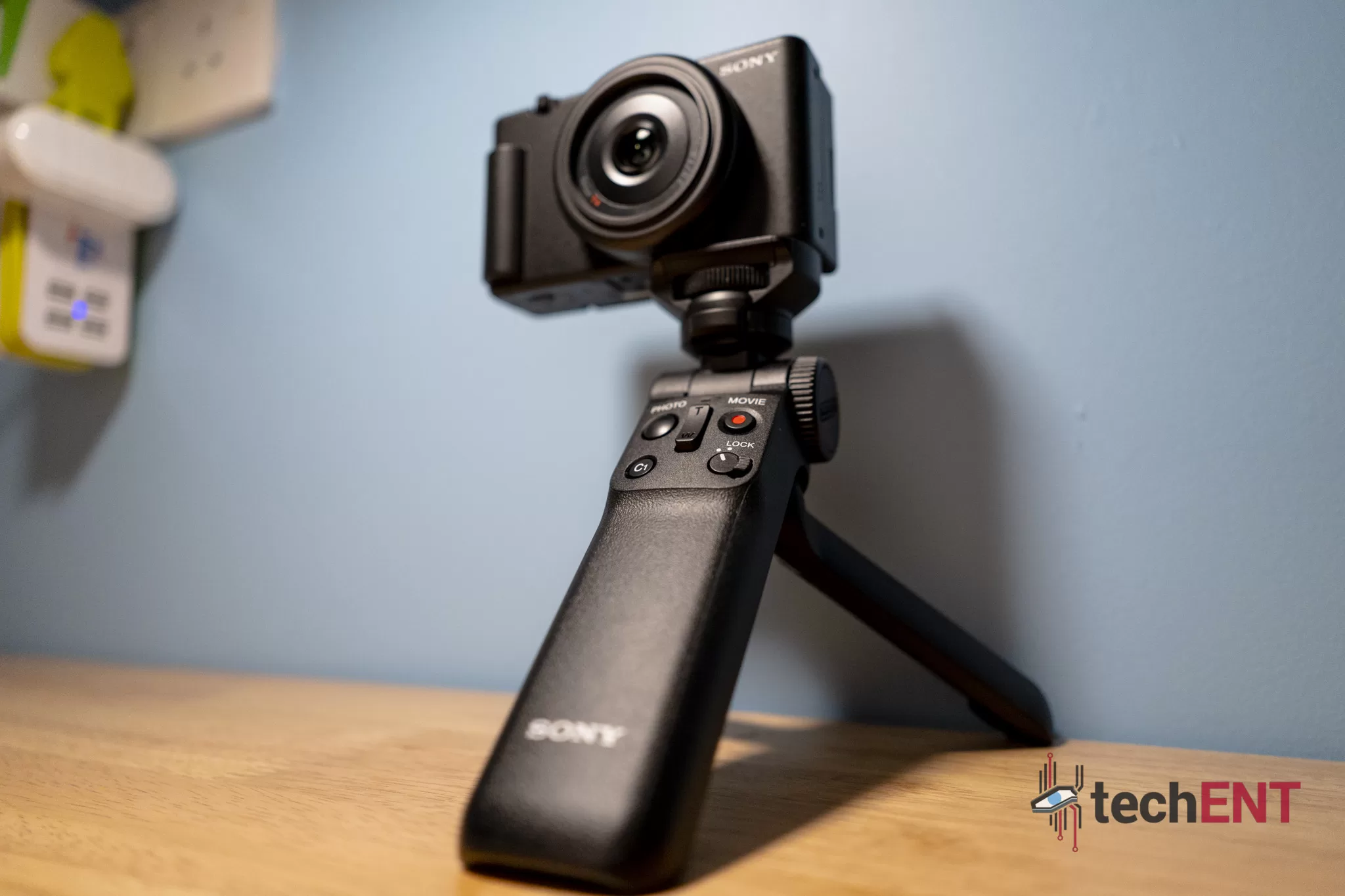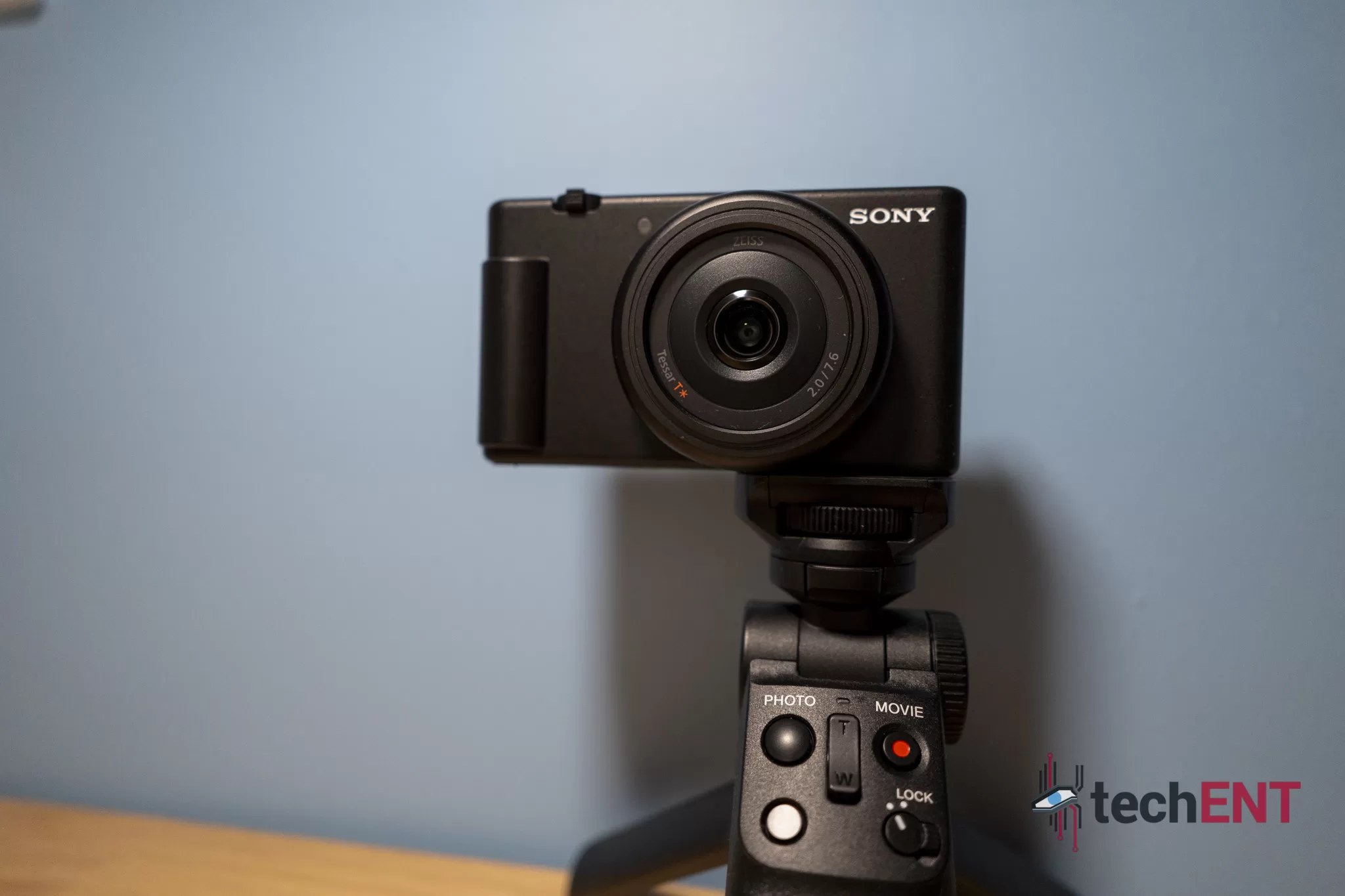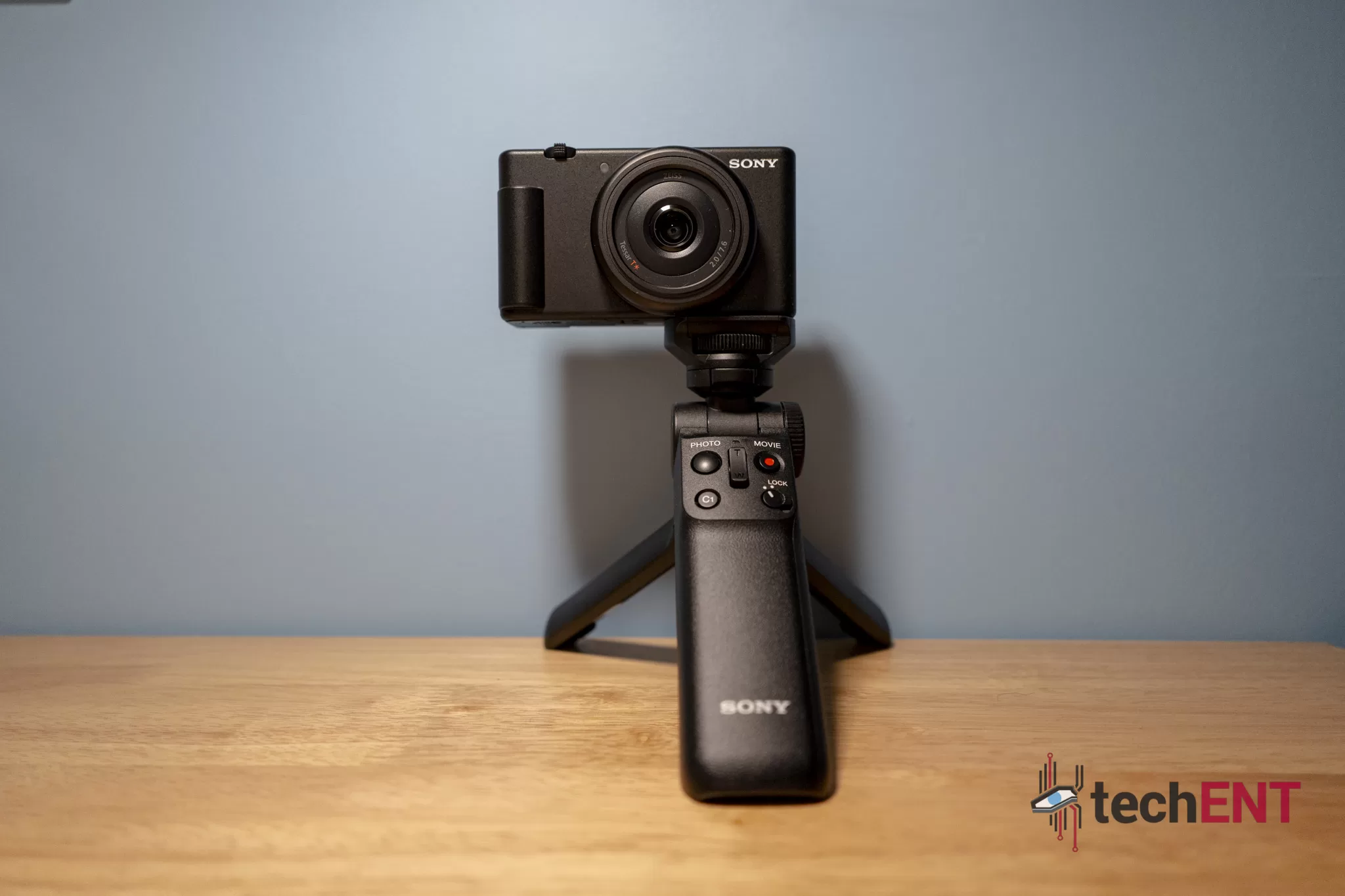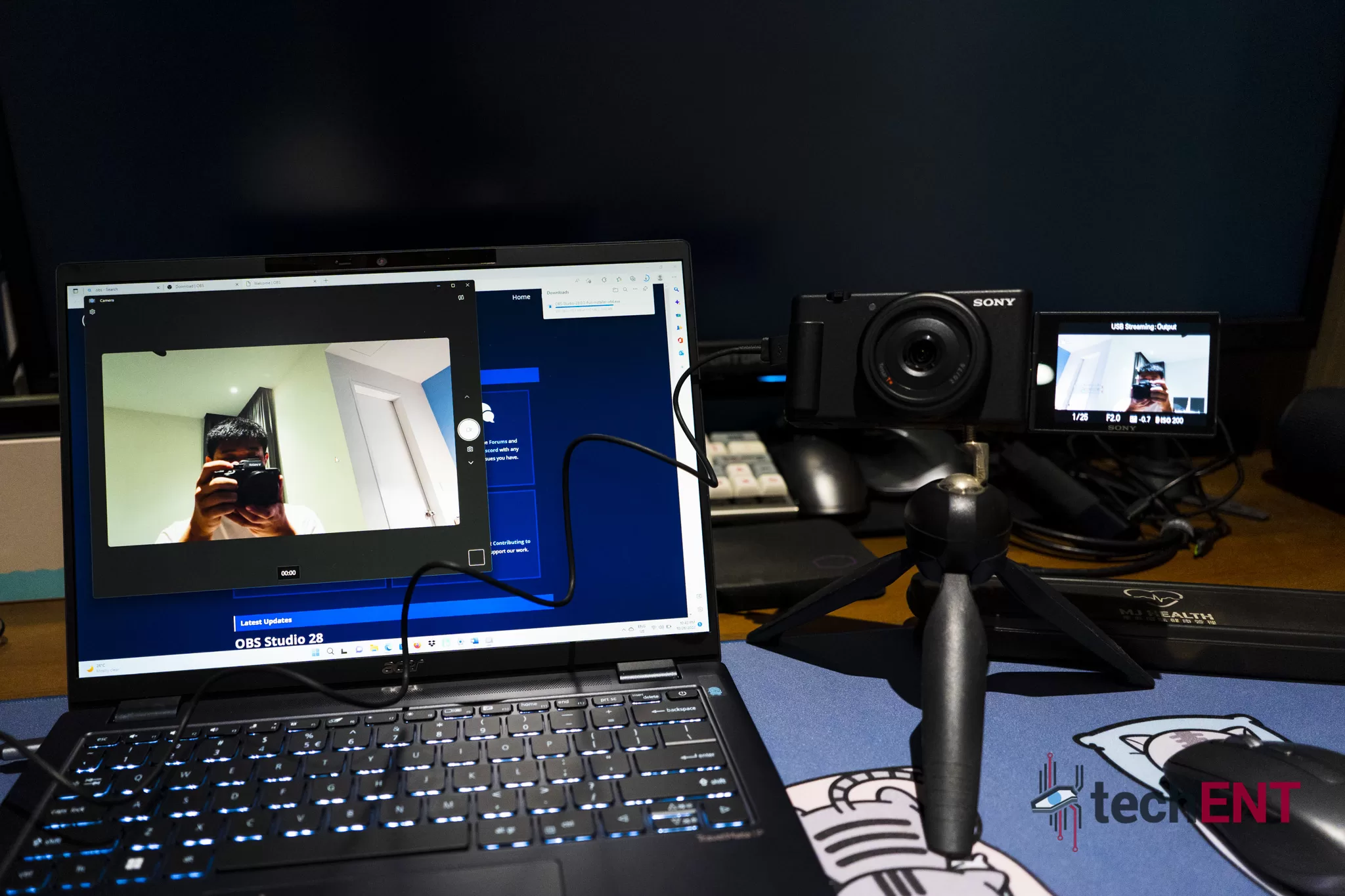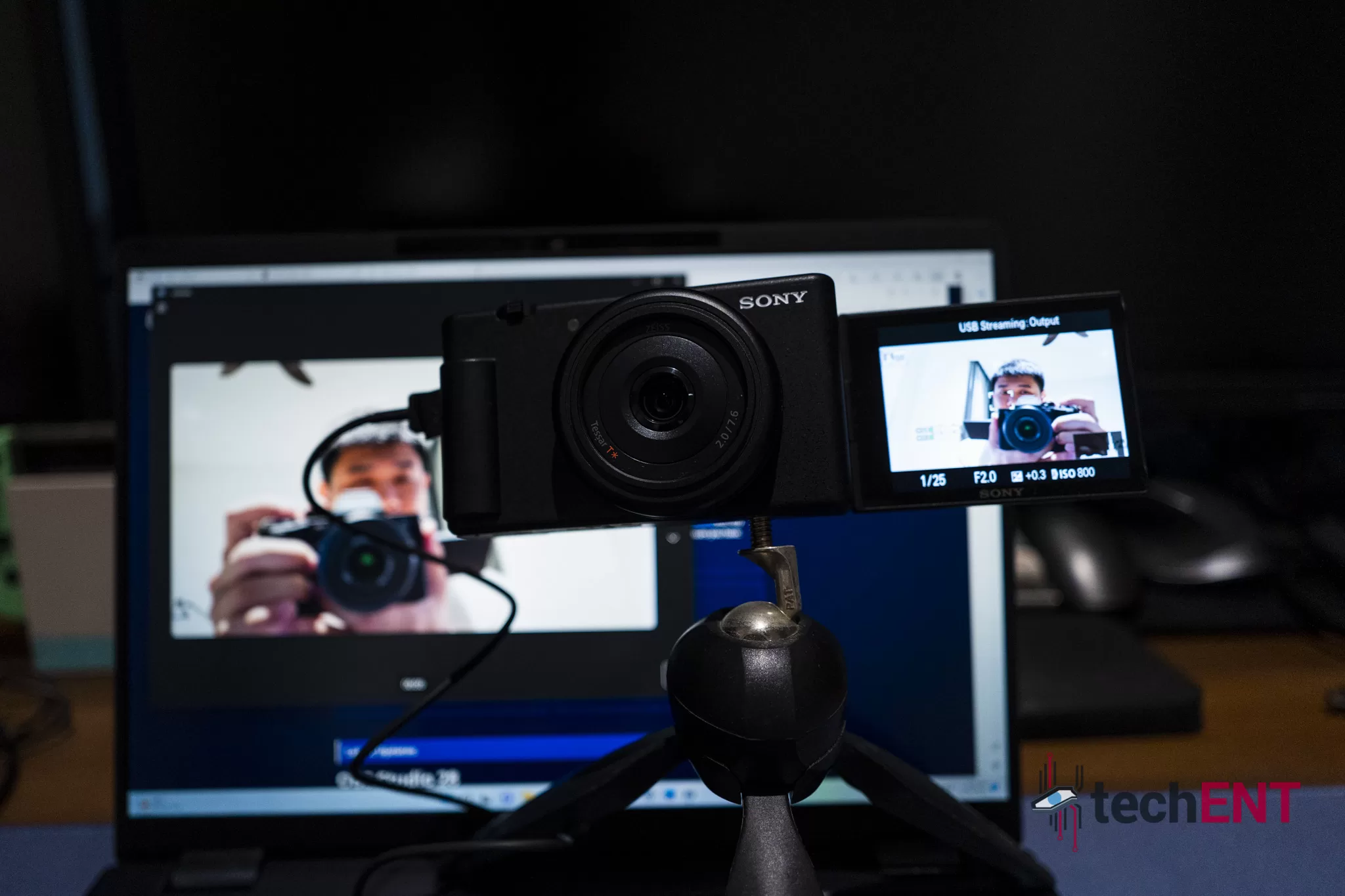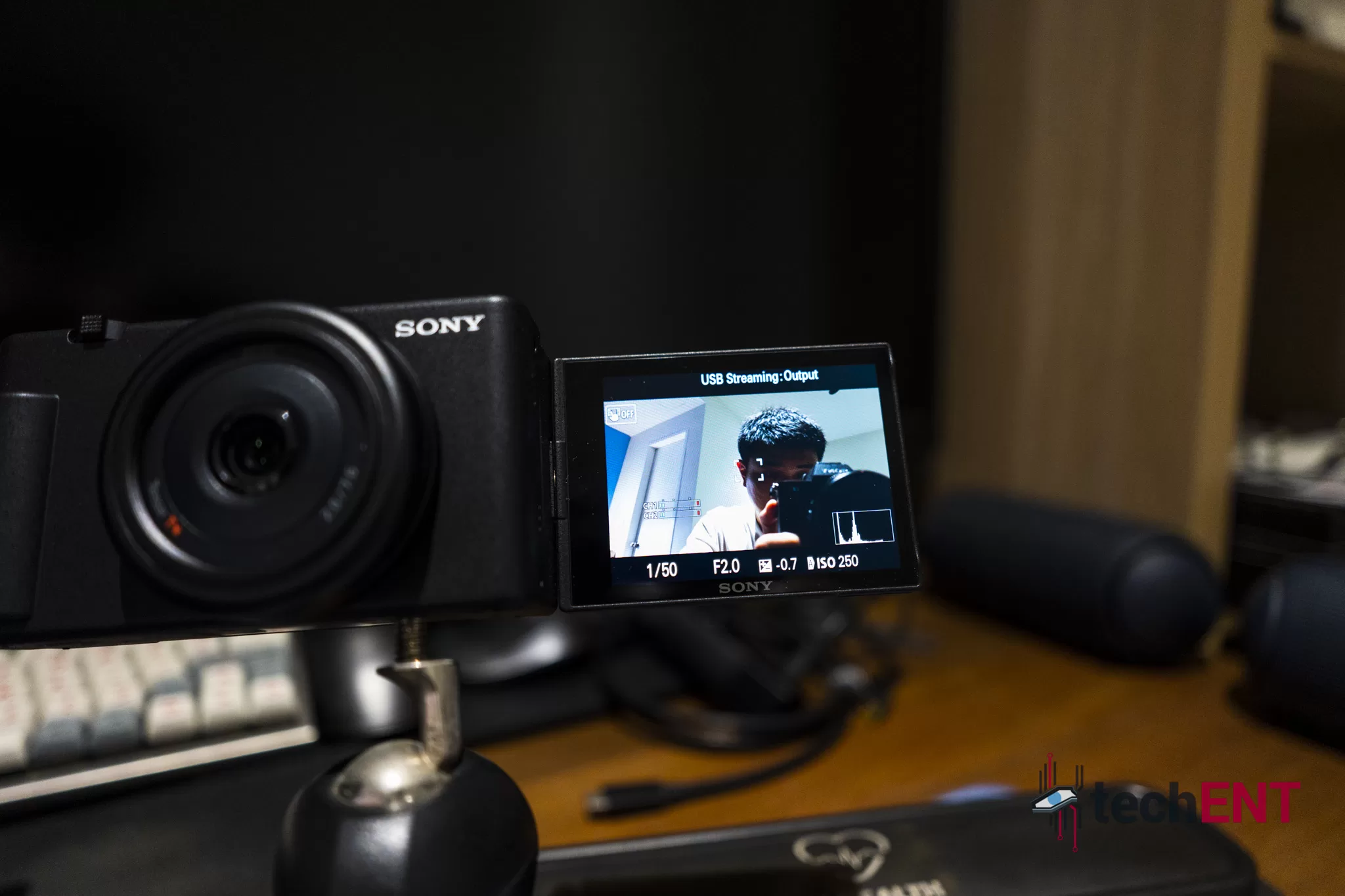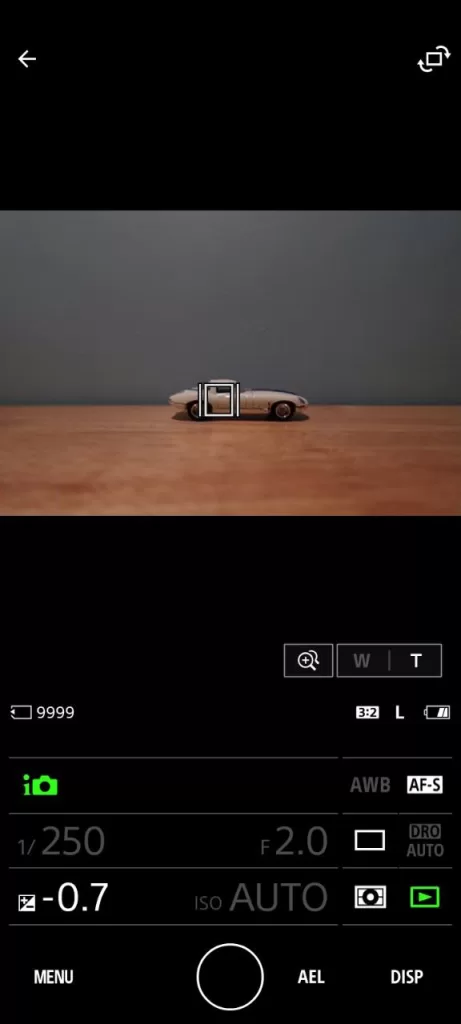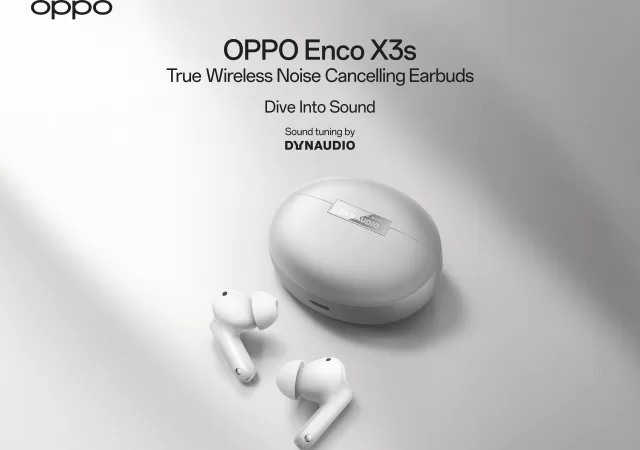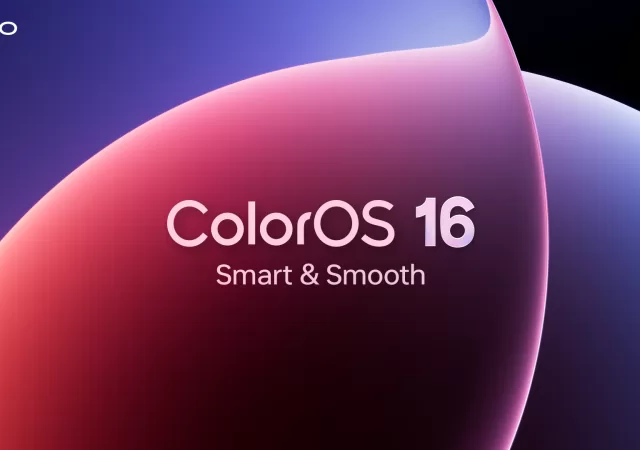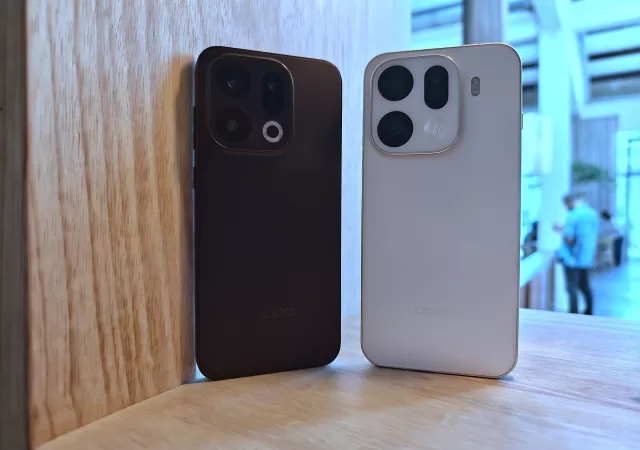We are fans of Sony’s products. There is hardly a product in their stables we do not like or would not recommend. This one, we find a little difficult to recommend. It is not that we do not like it; we do. We think that it is a product targeted toward a rather niche group of people.
Welcome to the Sony ZV-1F, a compact camera from Sony that comes with a fixed lens. It is based on Sony’s rather brilliant and highly popular ZV-1. The most interesting thing about the ZV-1F, we think, is that it features a 20mm fixed lens.
It will set you back MYR 2,599, about MYR 800 less than the ZV-1, making it more accessible. It is still a premium product though. While the ZV-1F lacks a few features, it is lighter than the camera it is based on too, which is always welcome even for compact cameras.
Other than having a fixed lens with large aperture, it seems like there is little else that is special about this ZV-1F. In that case, why bother with the Sony ZV-1F? Should you pay attention to it? We dive in to find out.
Design
The ZV-1F looks strikingly similar to Sony’s ZV-1, which should not come as a surprise at all. The only difference is that the Sony ZV-1F packs a fixed lens that does not tuck in or unpack when you turn it on.
It is a compact camera, there is not much to say in terms of design here. It is a rectangular aluminum box with a bump in front for a grip mound, and a short tube that houses the lens. For the money you pay, you get a tiny light package. While it is a little on the lighter end, it still feels like a quality product.
We appreciate the swiveling display. It is useful if you plan to use the camera for vlogs, replace your webcam, and even take self-portraits. Since it is based on the ZV-1, it takes on all the accessories that the ZV-1 works with as well, that includes the remote grip. While the test unit you see here is black in colour, there is also a white colour option if you want.
Hardware
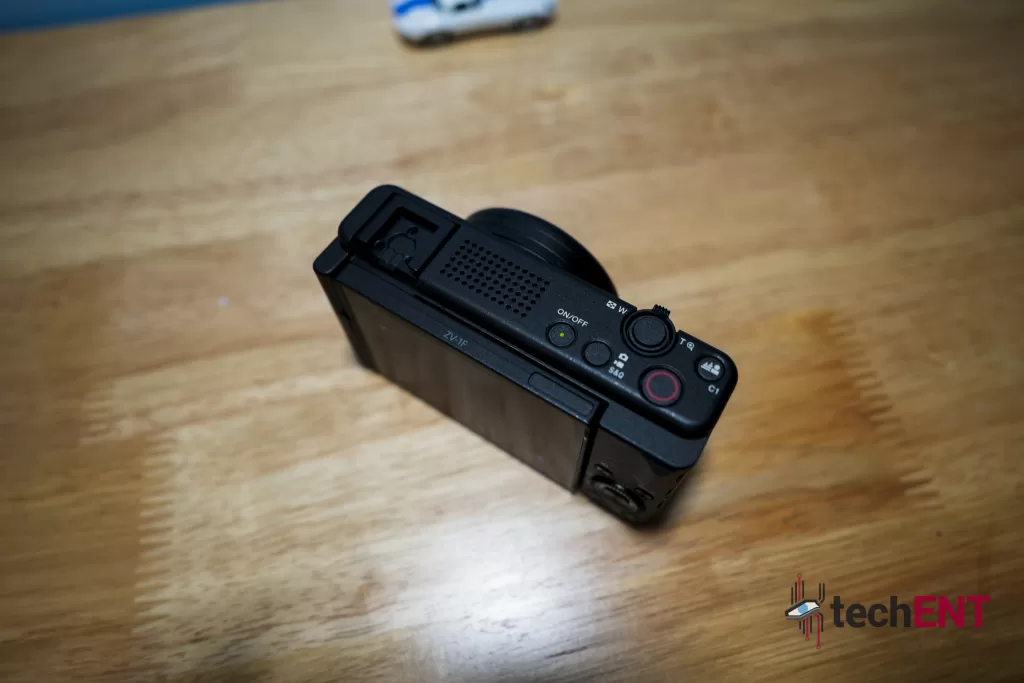
Internally, you get mostly the same components from the Sony ZV-1. You get the same image processor, the same 1-inch sensor, and even the same battery and memory card slot configuration. You can charge the camera with USB Type-C cable too. There is more to the USB Type-C port to just charging too.
Specifications
| Sony ZV-1F | As tested |
| Sensor | 1.0-type Exmor RS CMOS 3:2 aspect ratio Approx. 20.1-Megapixel |
| Lens | Fixed ZEISS Tessar T* Lens 20mm F2.0 |
| Display | 3-inch TFT LCD Swivelling (176-degree opening, 270-degree rotation) Touch Panel 4:3 aspect ratio 921,600 dots |
| Viewfinder | N/A |
| Image Processor | BIONZ X |
| Camera | Electronic Shutter (1/4″ – 1/32000) Contrast-detection AutoFocus ISO125-ISO6400 (up to ISO12800) up to 16fps continuous shooting |
| Video Recording | XAVC S 4K: 30p 100M/60M, 24p 100M/60M XAVC S HD (Full HD): 60p 50M/25M, 30p 50M/16M, 24p 50M, 120p 100M/60M |
| Miscellaneous | USB Type-C charging/data transfer Battery Pack NP-BX1 Bluetooth 4.1 WiFi 802.11b/g/n 2.4GHz Band |
Features
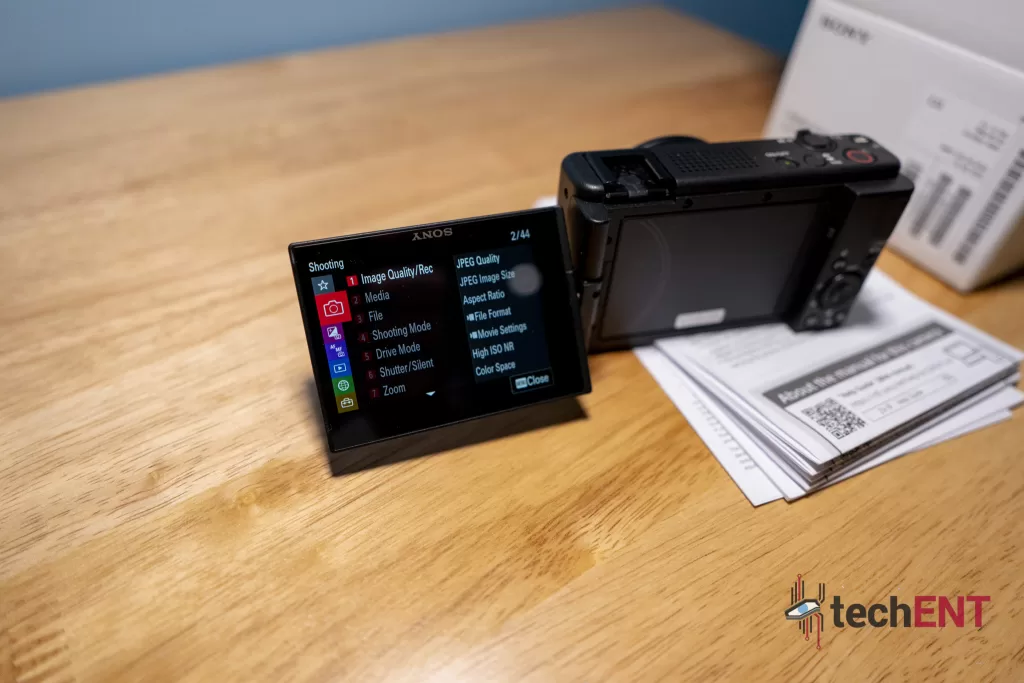
Everything on the ZV-1F is simplified to ensure that you get access to its most important features. There is still a zoom toggle on the camera. It is not optical zoom though, just digital zoom.
4K 30p Video Recording
The Sony ZV-1F is made for vloggers. The sensor captures videos at up to 4K 30p, just not at 10-bit 4:2:2 colours, though that is nothing to complain about. Having 4K capability also means that you are getting more details in your videos for great looking vlogs.
One Less Frame to Think About with Fixed Lens
While most consensus would say that having a fixed lens on a compact camera is a bad thing, we think there are some benefits. Having a fixed 20mm lens means you know how your frame looks every time you turn on your camera. In that case, you just know where to stand to get the right image through.
At its native zoom length, your frame is perfect for selfies at an arm’s length. If you find that the frame is too tight, you can invest in a cheap selfie stick, or get the remote grip attachment from Sony. Your vlogs are even more instantaneous than ever before since there is no zoom to mess with.
The Might of Sony’s Accessories
Sony has various mic attachments that work with the proprietary hot shoe mount on top of the camera. The hot shoe mount is a blessing in modern compact cameras. It allows you to play with all sorts of attachments that may not even be from Sony.
Of course, if you do not want your set-up to be a cable mess, you go with Sony’s various clever accessories. We mentioned that you can work with Sony’s remote grip that is connected via Bluetooth. You can have a shotgun mic too for better directionality. You can even work with Sony’s XLR expansions too if you want.
The Webcam Replacement You Want
The ZV-1F’s USB Type-C port is your charger and data outlet. Here is where the ZV-1F becomes one of the best tools for content creators too. You can turn the Sony ZV-1F into a 4K webcam without a capture card.
It is also rather simple to work with. You only need to connect the ZV-1F to your PC via USB cable. On the camera itself you select streaming mode. You do not even need to have Sony’s proprietary software for this to work. You can even turn the camera into your designated microphone for clearer audio.
Obviously, using the ZV-1F as a streaming camera or webcam offers better image quality over regular webcams. It is also significantly more expensive than regular webcams. It is an investment to get better quality images and streams.
Sony Imaging Edge
Using the Sony Imaging Edge suite on PC allows you to control your camera remotely and transfer photos and videos off your camera without ever pulling the SD card from your camera. If all you want from the ZV-1F is a webcam replacement, you can go ahead and skip the software for your PC. For your smartphone though, Sony’s Imaging Edge can be quite useful.
On the smartphone, you can use the app to control your camera and use it as a remote display, a rather nifty and useful feature when you just want to place your camera on a tripod and record away from the camera. Using the Imaging Edge app as well, you can take photos using the camera directly saved to your smartphone device. Same goes for 4K videos.
Made for Social Media
Within the camera itself, you can technically shoot videos that are optimized for social media. Well, there is shooting vertically, which is nothing special technically. There is something else you can do on the camera.
Before you transfer your video clips into your smartphone, you can choose and cut out 15-, 30-, and 60-seconds clips within the camera itself. You not only save storage space on your SD card, but you also cut out all editing nuances from your smartphone itself. It allows you to easily pick out clips and put them together before posting them on TikTok, Instagram, or even Facebook.
Performance
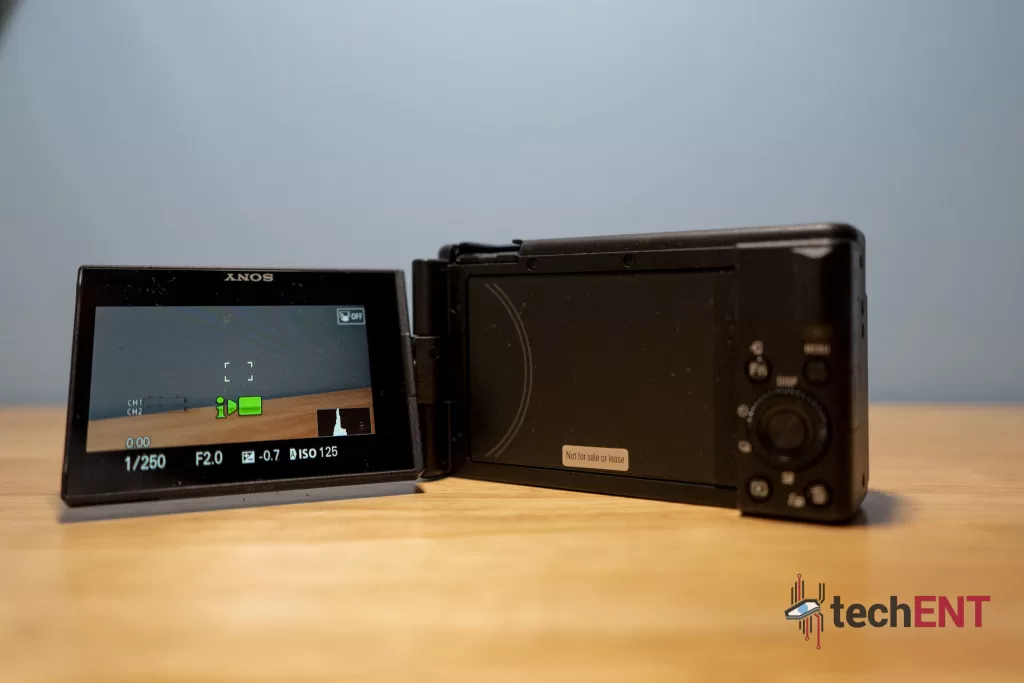
You get a 1-inch sensor that shoots at 20.1 Megapixels. You can also record videos in 4K resolution. The lens shoots at 20mm wide angle. The image quality from the ZV-1F is very similar to what you get from Sony’s ZV-1. This should not come as a surprise though; they share the same imaging sensor and even the same image processor. The only difference between the two is the lens on the ZV-1F.
Imaging
Without the zoom lens, you lose the flexibility of adjusting your frame from where you stand. In that sense, some might struggle with it when you need a larger or smaller frame for their photos. For self-portraits, the frame is tight enough to properly frame your face within that arm-length. if you do want to capture a self-portrait with a larger group, you might want to space your friends out a bit behind you.
Still, once familiar with your frame, you can get the ZV-1F to work very nicely for you. The images you get from the compact camera are detailed enough that it will look good on any social media platform. If you dig deeper and zoom in on the photos, you can see that the photos are much sharper in the central region, where Autofocus works. At the edges, the focus seems to be a little softer. With portraits, you get a natural looking depth-of-field (bokeh) effect, which is always nice.
In terms of colours, in auto mode, photos produce rich colours. There is a very slight orange tinge to the photos though. It adds to the vividness of the images and colours, but it does take away some neutrality to the photos. While it means that your photos are ready for social media almost immediately taken by the camera, you might have a slightly harder time if you are looking to colour grade your photos. You can still take RAW photos though.
Small Camera, Big Videos

One of the biggest attractions to this camera is its 4K video capabilities, though only at up to 30p. You can also get those crisp slow-motion videos in Full HD at 120p. That also means that you get an extra layer of flexibility in terms of your creative shots for your vlogs.
While you are not getting 4:2:2 10-bit colours from the ZV-1F, you are not missing out on too much especially if you share your contents on social media. Most of the time, shooting vlogs is a run and gun thing. In that sense, the colours look good and accurate enough without colour grading.
At the same time, recording 4K videos with the ZV-1F gives you a clean crisp image with plenty of details. You even get a nice depth-of-field effect that you get from more expensive lens. It is a fast lens though at f/2.0 allowing that cinematic bokeh in your background and putting the focus on the subject.
AF, but no Eye-AF
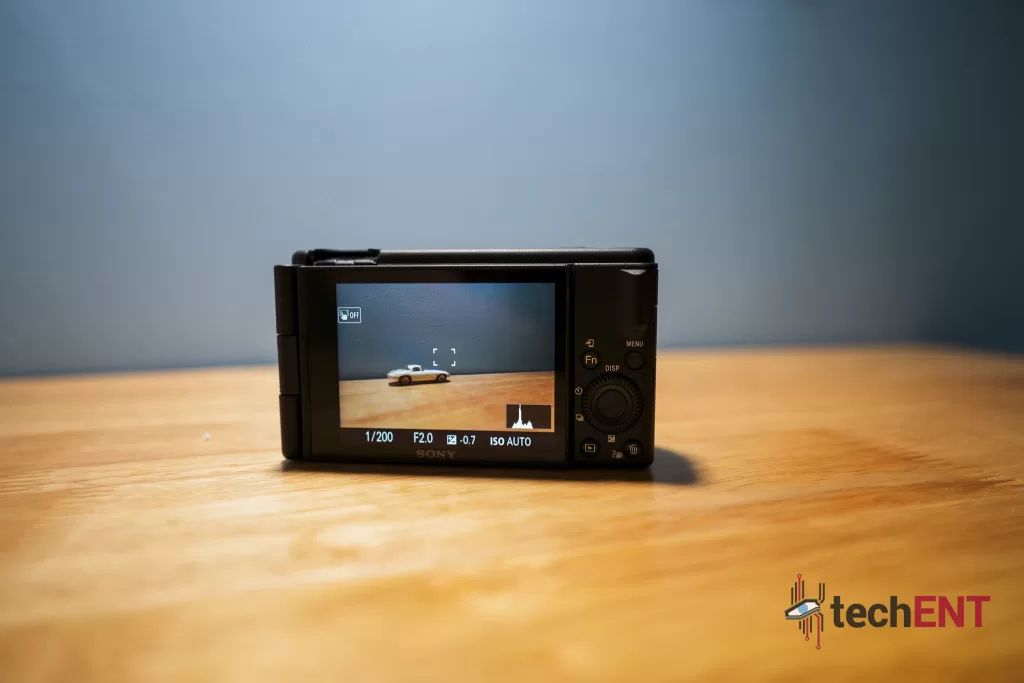
We find this a little disappointing. Not because the AutoFocus function is not great. It is a fast autofocus system they have here that easily keeps up with you in a shoot. It lacks the eye-AF system that is so useful on the ZV-1.
Without eye-AF, you only get a regular autofocus system that can reasonably keep up with you. In most vlogging situations, the AF system is clever enough to detect your face and follow it. It is fast enough though for you to work with once it gets a lock-on.
It is not perfect. We had some trouble getting it to focus on our test subject, a toy car. Since the focal distance is at a minimum of 7.6mm, we thought we could get the toy car to be in focus even when we close the distance between the camera and the subject. We had to pull away from the subject most of the time to get the subject in proper focus. We also had to tap on the screen to get it to focus on our subject when it is off center.
Gallery
The Sony ZV-1F – A Small Compromise for Big Gains
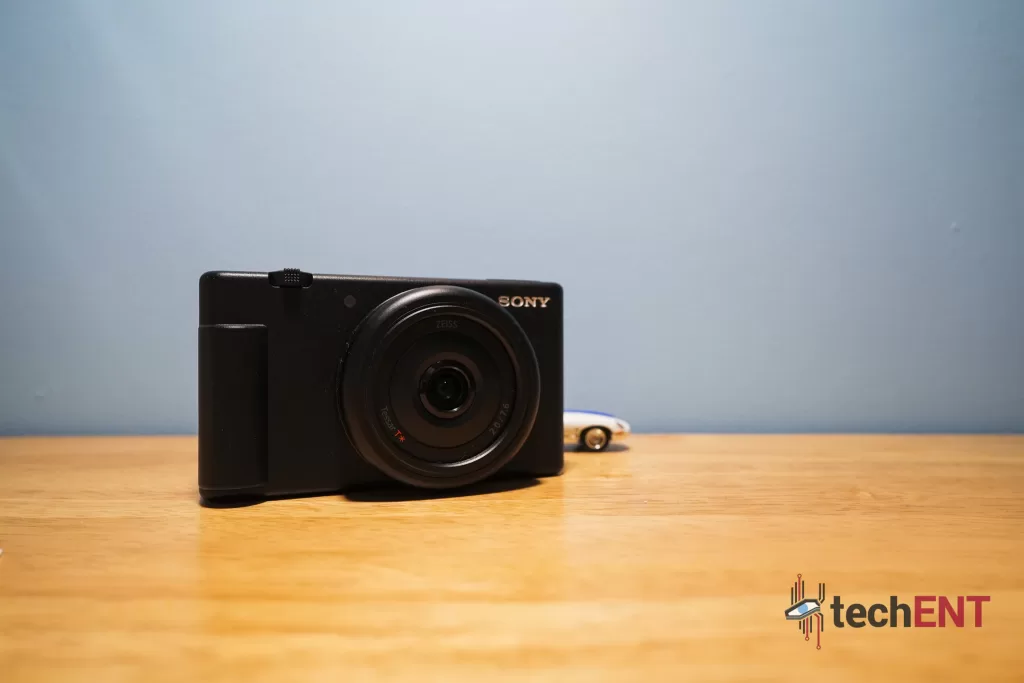
At MYR 2,599, the ZV-1F compact camera is not exactly a budget option. While it is more accessible than the ZV-1, it is still a lot of money for what some might describe as nothing more than a glorified 4K webcam. It does not pack Eye-AF, it does not have a zoom lens, and the lack of weight might not inspire plenty of confidence.
The thing is, there is still plenty to like about the ZV-1F. The ZV-1F is ridiculously light. It is not much more compact than the camera it is derived from, it is about the same size and therefore just as compact.
Because it is lighter than the camera it is based on, it feels quicker to work with. You do not need to spend on heavy duty tripods too. Since there are no zoom lenses to unpack, you are quicker to get to your photos or videos. It is an excellent webcam and mic combo replacement too.
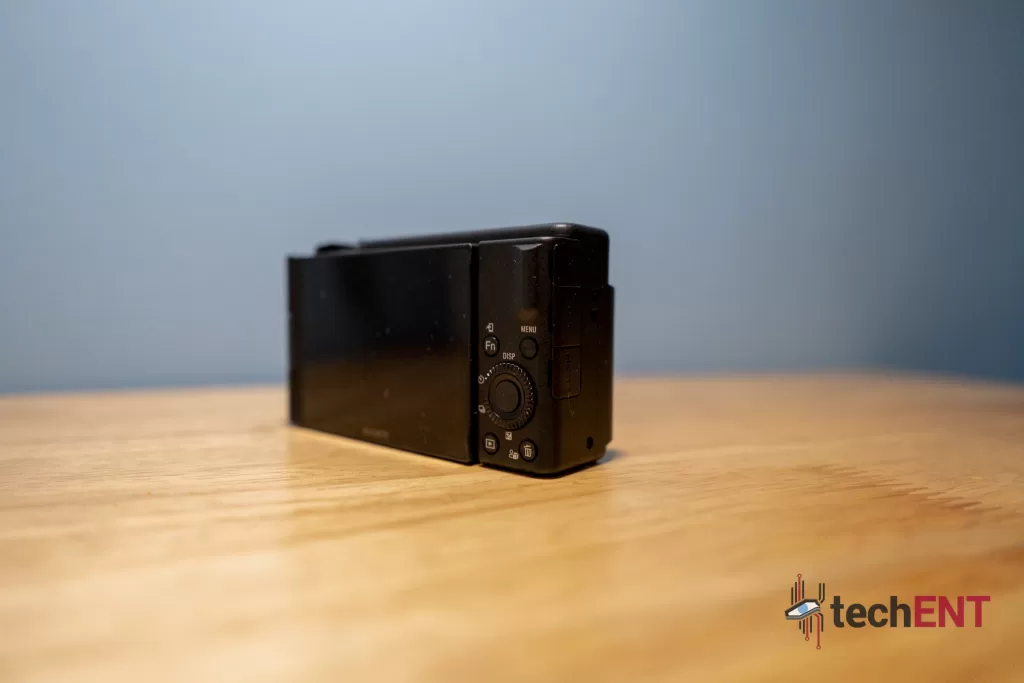
At the same time, you are getting everything that is also great about the ZV-1. The ZV-1F can record videos at 40K 30p. It takes photos at the same 20.1 Megapixel as the ZV-1. If you think the ZV-1 takes great photos, you will be pleased with this one too.
In the right hands, the ZV-1F is a powerful entry-level and compact content creation tool. As a webcam replacement, the ZV-1F offers a much higher quality feed over regular webcams, even if you stick with 720p streaming over USB. It is also your mic replacement, on a budget. At the same time, taking the camera out for a vlog or taking a quick photo is easy. Since it connects to your smartphone wirelessly too, you can make quick work of any photos or videos you take on the ZV-1F before posting it on social media. You even cut an entire editing process out of your workflow with the built-in modes made specially for social media format contents. It is content creation made super easy.



